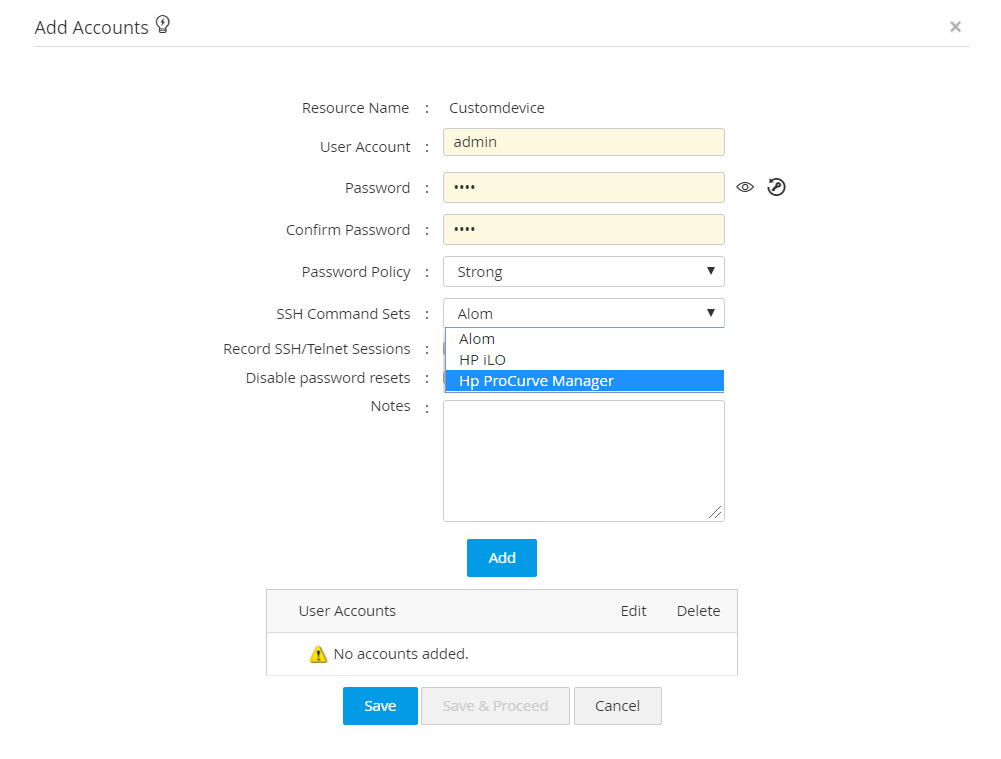The ssh-agent program is an authentication agent that handles passwords for SSH private keys. Use ssh-add to add the keys to the list maintained by ssh-agent. After you add a private key password to ssh-agent, you do not need to enter it each time you connect to a remote host with your public key.
Generate a pair of keys with ssh-keygen. This will create two files: a public key (normally.pub), and a private key. The private key is normally kept encrypted on disk. After all, it's well, supposed to be private. Ssh-keygen will ask you to insert a password.
/.ssh $ ssh-copy-id -i idrsa.pub Theses steps would be enough. It's low security access because in this scenario we just use public keys to authenticate. With passphrase will require to under any directory of your host: ssh-agent zsh. Here I'm use zsh shell, if you uses bash, just change zsh. Store-in-config: Stores passwords and SSH authorized keys in the configuration files. This happens automatically when include-credentials is enabled. noinclude-credentials store-in-config. The noinclude-credentials store-in-config command disables includecredentials and removes credentials stored in the configuration files. The switch reverts to storing only a single set of passwords and SSH.
Generating authentication key pairs
- The ssh-agent program is an authentication agent that handles passwords for SSH private keys. Use ssh-add to add the keys to the list maintained by ssh-agent. After you add a private key password to ssh-agent, you do not need to enter it each time you connect to a remote host with your public key. Generating authentication key pairs.
- By setting a password, you could prevent unauthorized access to your servers and accounts if someone ever gets a hold of. Enter SSH config, which is a.
Ssh Config Remember Password
Use the ssh-keygen command to generate authentication key pairs as described below. Provide a passphrase, for example “password”, when creating the key pairs.
Copy the Public key to remote host
1. Copy the public key to ~/.ssh/authorized_keys on the remote system.
Ssh With Password

Ssh Config Save Password Windows 10
2. Now try logging into the machine, with “ssh ‘root@192.168.12.10′”, and check in the .ssh/authorized_keys file to make sure we haven’t added extra keys that you weren’t expecting.
Add private key password to ssh-agent



1. To add the private key password to ssh-agent, enter the following command:
2. The next step is to use the ssh-add command to add the key.
Ssh Config Save Password
3. The “ssh-add -l” command lists fingerprints of all identities currently represented by the agent.
4. You can try loggin in to the remote system without password now.
In this example, the passphrase is remembered for only the current login session and is forgotten when you log out.
